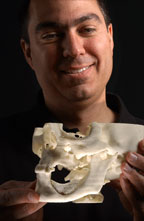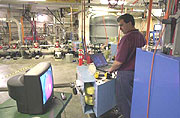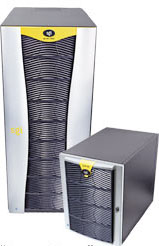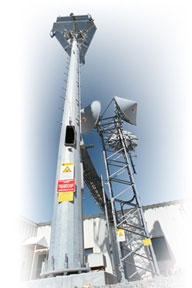| Research
|
|
|||||||||||||||||||||||||||
|
Wireless test bed open for business America's only "city-size" wireless communication test facility is now open for business—and it's at the U.S. Department of Energy's Idaho National Engineering and Environmental Laboratory. The Bechtel/INEEL Wireless Test Bed offers large-scale, independent, end-to-end testing of wired and wireless next generation communication infrastructure including 3G/4G cellular, land mobile radios and wireless local area network systems.
The Test Bed's opening is particularly timely since the country has experienced an enormous increase in numbers of users, minutes online and cell phone functions. These increases in usage and capabilities are not without their growing pains, both for commercial vendors and the public. Problems range from interference and service interruption to troubles with network integration and handset interoperability. Bechtel Telecommunications, a unit of Bechtel Corporation, built the Wireless Test Bed in collaboration with the INEEL to create an environment where commercial carriers and equipment manufacturers can address these network deployment issues. Until now, no facility existed where wireless communications could be tested in a life-size, city-like setting. Laboratory and bench-scale testing, or limited-access to traffic-bearing networks had to suffice for carriers or manufacturers. The Bechtel/INEEL Wireless Test Bed owes its existence, in part, to INEEL's status as a National Telecommunications Information Administration test station. This allows the test bed to transmit at all—but a few—frequencies. INEEL's site also offers a virtually RF-clean environment. Over the past several months, the INEEL/Bechtel team of researchers and engineers has constructed three cell towers on the INEEL site and has provisioned them with various radio equipment, test equipment and modeling/simulation tools. And this is on top of the Department of Energy's 20 years of large communications infrastructure investments at INEEL that have resulted in 170 miles of high-speed fiber, radio labs and shops, and two mountaintop radio transmission facilities. The Test Bed opened for business April 1, and engineers are conducting tests for a major carrier. Anticipated areas for testing include base station equipment, antennas, handsets or the big-hitter for Homeland Security, 911 systems. Submitted by DOE's Idaho National Engineering and Environmental Laboratory |





